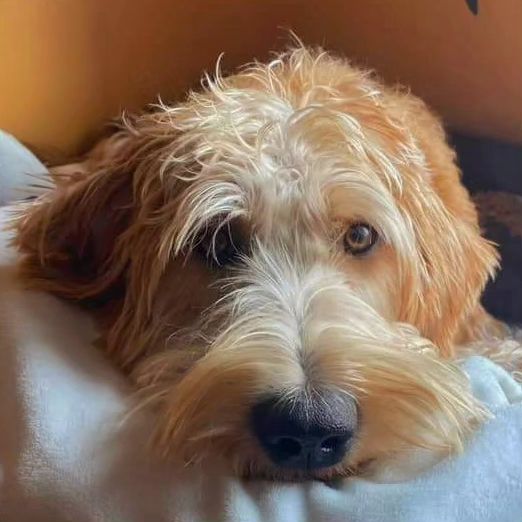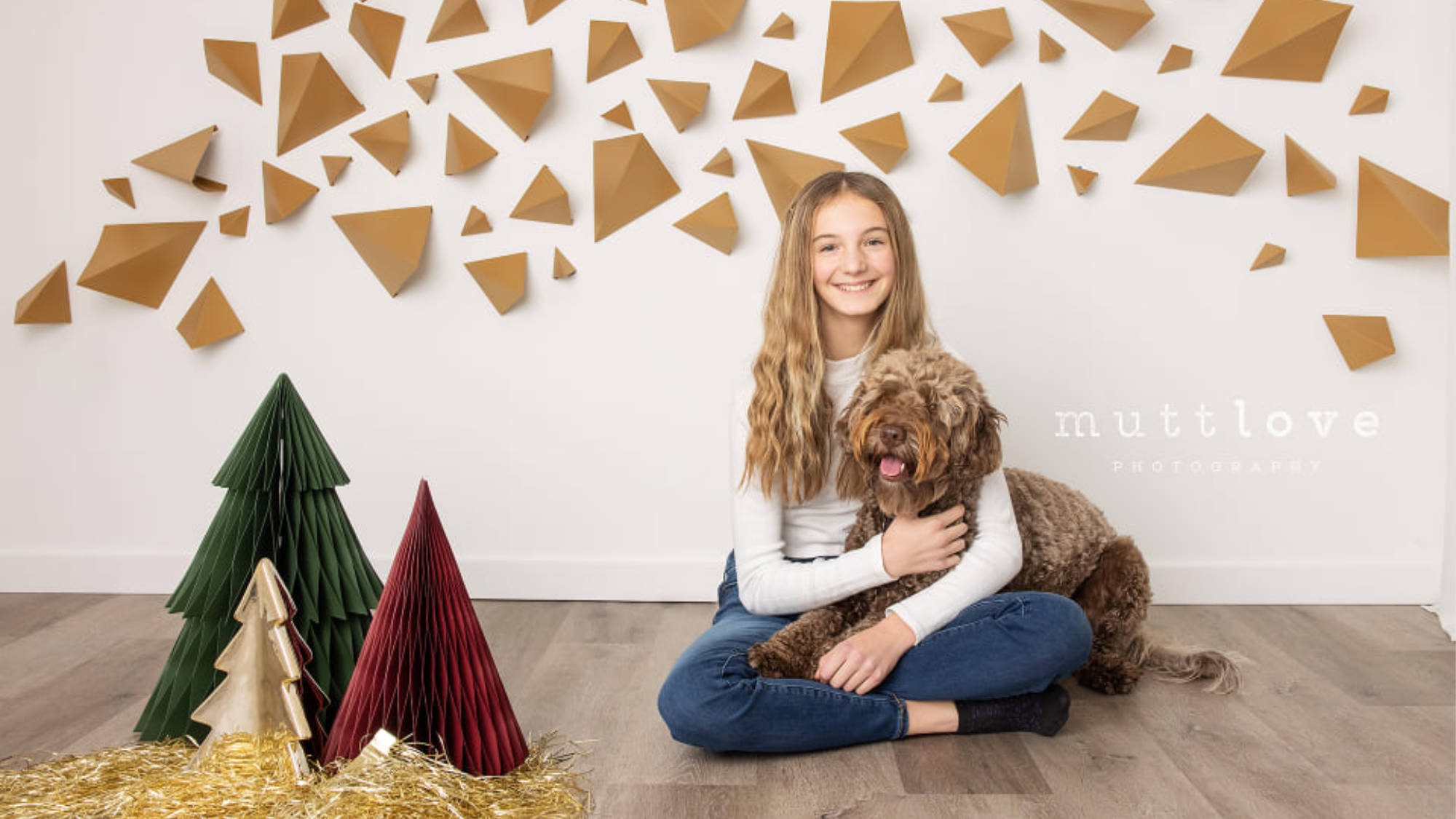Have you ever thrown a rock into a river for your four-legged friend, only to have him stick his head fully under the water and come back to you with the very rock you just threw out there?
How’d He Do That????!!!
Table of Contents
- The Remarkable World of Dog’s Sense of Smell
- Underwater Smelling Capabilities
- The Science Behind a Dog’s Sense of Smell
- Anatomy of a Dog’s Nose
- The Language of Scent
- Fascinating Facts About Dog Noses
- Short Nose vs Long Nose
- Canine Noses Are Specially Designed for Scent Detection
- Floppy-Eared Dogs Have an Advantage in Scenting
- Scent-Tracking Canines Are Selective Sniffers
- Breeds With the Most Talented Noses
- Some Dogs Trail, Others Track, and Some Do Both
- Why the wet nose?
- Canine Nose Prints Are Life Human Fingerprints
- Embracing Your Dog’s Olfactory World
The Remarkable World of Dog’s Sense of Smell
Dogs can smell underwater! Dogs possess an extraordinary ability to smell, far surpassing that of humans. Their sense of smell is not just a fascinating aspect of their biology but a crucial tool in various professional fields, aiding in everything from law enforcement to rescue operations.
Underwater Smelling Capabilities
One of the most astonishing abilities of some dogs is their capacity to smell underwater. Not only does your dog have the ability to smell much stronger, but they’re fitted with two holes in their skull that naturally draw in scent without inhaling – meaning, if they dive underwater and open their mouths, they’re able to bring in that scent without inhaling water, leading them toward the scent’s originating point.
The Science Behind a Dog’s Sense of Smell
Dogs rule. Or, at least, they do when it comes to their sense of smell, which crushes that of humans. A dog’s sense of smell is about 1,000 times keener than that of humans – and many dog experts claim it’s millions of times better — thanks to the construction of their often-slobbery, wet noses. So what, exactly, is going on in there?
Anatomy of a Dog’s Nose
A dog sniffs at scents using his nose, of course, and also his mouth, which may open in a sort of grin. His nostrils can move independently of one another, which helps him pinpoint where a particular smell is coming from. As a dog inhales a scent, it settles into their spacious nasal cavity, which is divided into two chambers and is home to more than 220 million olfactory receptors (humans have a paltry 5 million). Mucus traps the scent particles inside the nasal chambers while the olfactory receptors process them. Additional particles are trapped in the mucus on the exterior surface of his nose.
Sometimes, it takes more than one sniff for a dog to accumulate enough odor molecules to identify a smell. When the dog needs to exhale, air is forced out the side of his nostrils, allowing him to continue smelling the odors he’s currently sniffing.
Dogs possess another olfactory chamber called Jacobson’s organ. Tucked at the bottom of the nasal cavity, it has two fluid-filled sacs that enable dogs to smell and taste simultaneously. Puppies use it to locate their mother’s milk and even a favored teat. Adult dogs mainly use it when smelling animal pheromones in substances like urine or those emitted when a female dog is in heat.
The Language of Scent
What all of this sniffing and processing really means is that a dog’s sense of smell is his primary form of communication. And it’s a phenomenal one because dogs don’t just smell odors that we can’t. When a dog greets another dog through sniffing, he’s learning an intricate tale — what the other dog’s sex is, what he ate that day, whom he interacted with, what he touched, what mood he’s in, and if it’s a female, if she’s pregnant or even if she’s had a false pregnancy. It’s no wonder, then, that while a dog’s brain is only one-tenth the size of a human brain, the portion controlling smell is 40 times larger than in humans.
Elite Sniffers Among Breeds
So, who’s top dog when it comes to sniffing? While all canines have an incredible sense of smell, some breeds – such as bloodhounds, basset hounds and beagles – have more highly refined sniffers. This is a result of several factors. Dogs with longer snouts, for example, can smell better simply because their noses have more olfactory glands. Bloodhounds, members of the “scent hound” canine group, also have lots of skin folds around their faces, which help to trap scent particles. And their long ears, like those of Bassets, drag on the ground, collecting more smells that can be easily swept into their noses.
Fascinating Facts About Dog Noses
Scientists estimate that our canine companions’ amazing sniffing abilities range anywhere from 10-100,000 times greater than ours. Whereas humans have one olfactory receptor, your Wonderful Woofie has around 50.
Short Nose vs Long Nose
Brachiocephalic breeds have a far less sensitive sense of smell than their longer-nosed friends. Short-nosed or flat-faced dogs like a Pug, Pekinese, or Boxer have fewer scent-detecting receptor cells than dogs with longer snouts, such as a German Shepherd or Bloodhound, which have 225 million and 300 million, respectively.
Canine Noses Are Specially Designed for Scent Detection
When humans inhale, we use the same air passage to both breathe and smell. Dogs’ noses, in contrast, include a fold of tissue that separates the two functions. Both human and dog noses contain bony turbinates or plates, but inside a dog’s nose is a microscopically small, spongy membrane containing the scent cells.
Like an accordion, if you could flatten all the folds in that membrane, the total surface may be as large as 60 square inches.
Floppy-Eared Dogs Have an Advantage in Scenting
Many breeds of dogs feature long, floppy ears to give them the unique talent of fanning aromas up into their nostrils, making their noses all the better to smell with.
Scent-Tracking Canines Are Selective Sniffers
Some dogs are enthusiastic about every one of the thousand things they catch a whiff of, say, on a walk in the woods or romp on the beach. But scenting dogs zero in on specific targets and can walk right by a squirrel to find the source of the scent they’re focused on.
Breeds With the Most Talented Noses
Bloodhounds have such scent-sensitive sniffers that their excellent detection skills are helpful in law enforcement, even holding up in court. Beagles are often chosen for sniffing duty by narcotics and Customs and Border Patrol agents. German Shepherds work with the police and military in human rescue operations and also drug detection. Dachshunds were bred to sniff out badgers. Other noses of note belong to Basset Hounds, several Coonhound breeds, and Labrador Retrievers.
Some Dogs Trail, Others Track, and Some Do Both
There’s a difference between dogs who can trail and others known for their tracking abilities, but many dogs are trained to do both.
Why the wet nose?
Dogs have wet noses for a variety of reasons, the most important of which is that a damp nose picks up smells better. Dogs also lick their noses quite often to clean them, and a wet nose also helps cool down their bodies.
If you’ve ever been told that a dog’s dry nose is cause for concern — that is a myth! A warm dry nose by itself doesn’t mean your pet has a fever or is sick. Dog noses go from moist and cool to warm and dry and back again quite easily, and it’s perfectly normal and healthy.
Canine Nose Prints Are Life Human Fingerprints
Like human fingerprints, a dog’s nose print may be just as individualized. There are companies that register the nose prints of canines and store them in case the pet is lost or stolen, and kennels have begun a similar procedure. Canada has used this procedure to identify dogs for decades.
If you’re interested, you can make your own dog’s nose print using food coloring (never use paint or ink). First, wipe his nose with a towel to dry it, pour the food coloring over a folded paper towel, and gently press his nose onto the ink, making sure to cover the impressions on the sides. Food coloring is safe for this purpose and comes off easily. Dry the paper towel and store it away in case it’s ever needed.
Embracing Your Dog’s Olfactory World
Exploring the world of canine olfaction reveals just how remarkable our furry companions truly are, with their ability to detect scents far beyond human capability, even underwater. Understanding the intricacies of a dog’s sense of smell not only deepens our appreciation for their unique talents but also highlights the importance of nurturing these abilities.
Whether through professional training or daily walks in nature, encouraging our dogs to use their noses enhances their well-being and strengthens our bond with them. As we continue to marvel at their sniffing prowess, let’s commit to providing environments that stimulate and respect their natural instincts, ensuring our beloved pets lead fulfilling and happy lives.







